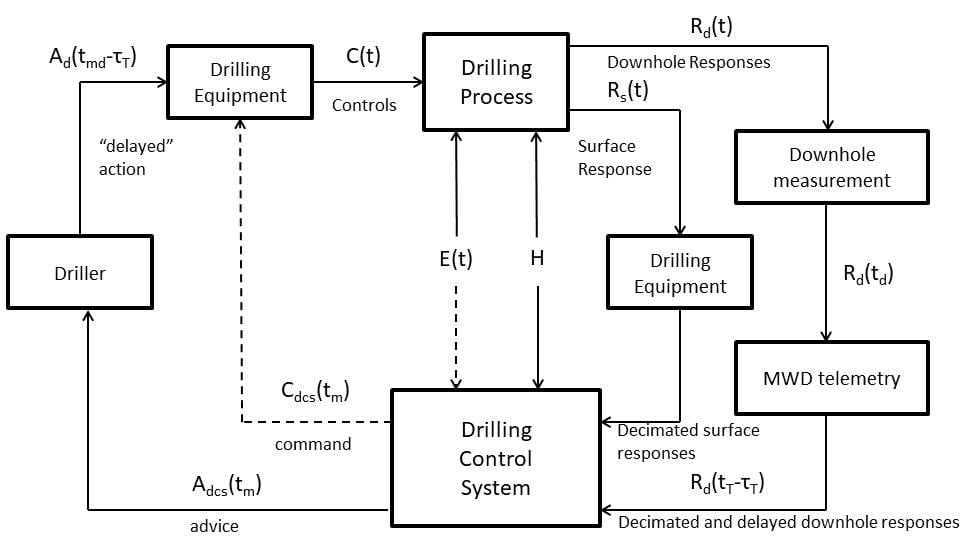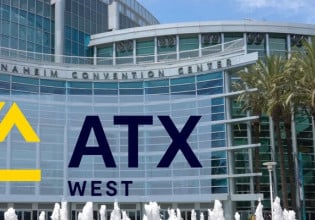What is Automated Drilling? A Look Into the Benefits and Practices
This article discusses the definition of automated drilling and a look into some of the key features and best practices.
A single defect in a million instances. That is the goal of Six Sigma (6σ), a widely accepted and practiced tool for process improvement. In the pursuit of this high standard, automation of processes brings down the number of defects by leaps and bounds.
A process that occurs commonly in various industries and applications is drilling. Drilling is employed in a wide range of applications, from creating a microgroove on a surface and also for the purpose of extracting oil below the surface of the earth.
What is Automated Drilling?
Automated drilling is the control of drilling by automatic means. The aim of automated drilling is to reduce human intervention to a minimum. A combination of control systems and information technology tools are used to implement automated drilling.
Widespread use of automated drilling can be seen in machines which employ CNC (Computer Numerical Control). These machines commonly employ stepper motors and servo motors to achieve precision and instructions based on a CAD are sent to the machines through software to achieve the finished product.
The feedback from the surface that is worked on is also collected and the further steps are constantly adjusted with the feedback.

A general schematic of CNC machines.
Getting the response and measurements from the surface which is worked on is quite important. There are drills that are made specifically to work with different kinds of materials. Depending on each instance the drilling control system has to decide the direction, feed, and speed of the drill bit.
Many other factors come into play, the drillbits employed, chip load, the thickness of chip, power, and rigidity of the drill, spindle horsepower, depth and width of the cut, the sharpness of the tools involved, etc.

Drilling Control System.
Key Benefits Including High Accuracy, Flexibility, and More
The benefits of automated drilling are enormous. So is the cost of implementing automation in drilling. The next section details the different levels of automation. The cost-benefit analysis of each level of automation must be determined before drilling automation is implemented.
- High accuracy and finish: Automated drilling can achieve high levels of accuracy for the same tasks which are tedious and timeconsuming for humans to execute.
- Flexibility: This will depend on the particular configuration of the equipment. Depending on the tasks required you can have automation that is flexible or specific to one particular task. Also, significant updates can be done just by updating software rather than hardware, though it will be required depending on the functionality required.
- Repeatability & Consistency: The same task can be repeated any number of times with the same consistency using automated drilling. The levels of consistency are beyond what is achievable by humans.
- Production benefits: Though automation is costly, subsequent production costs are lower due to repeatability, consistency, increased speed of production, and reduced labor required. Automated drilling also provides enhanced safety as the requirements for human interaction are very low when the surface is worked on.
Levels of Automation and Best Practices
A task to be worked with a machine can be largely classified into four functions. 1. Monitor, 2. Advice, 3. Decide, 4. Implement. According to which of these functions are handled by a computer and which of these functions are handled by humans, there are ten levels of automation. In the following table, H represents humans and C represents a computer.

This table depicts the various functions which are handled by humans and computers in each level of automation. In manual control level, no computers are involved in any functions and in full automation, all the four functions are handled by the computers.
As with the case of any automation, no one can recommend a single best practice for all industries and tasks. The approach of automation is to be taken depending on the drilling you need to automate, the industry in which you are in and the costs involved for automating the drilling process.
It is impractical to implement Full automation on day 1. The journey from manual control to Full automation has to be made in calculated increments. At each increment, the performances and various metrics have to be measured and should be calculated to determine whether the implementation was in the right direction or not.
Future Trends
As time progresses, automation will increase. The cost of acquiring and implementing automated systems is bound to decrease with increased adoption and achieving scale. There will also be advancements in the technologies that are currently being used.
- Increased adoption of IIoT: Industrial Internet of Things will transform how machines and processes work in the future. With the constant feedback of data from the machines being used, manufacturers will be able to improve upon their software and push software updates faster. This will enable the manufacturers to make equipment which is future proof.
- Machine learning: Machine learning will play a significant part and help in improving processes. Business models will emerge in a manner in which process improvements can be obtained using machine learning at a unit level and at a larger scale.
- Cybersecurity: With an increased connection to the internet, cybersecurity will be a priority than after though in the case of automation.
- Modular and open-source software: With an increased amount of data available and increased adoption, manufacturers would not be able to keep up with the dynamic requirements of every customer.
This is likely to force the manufacturers to increase the adoption of modular and open-source software for their equipment. This will push the rate of adoption and the rate of change in automation.
All images used courtesy of the author.






